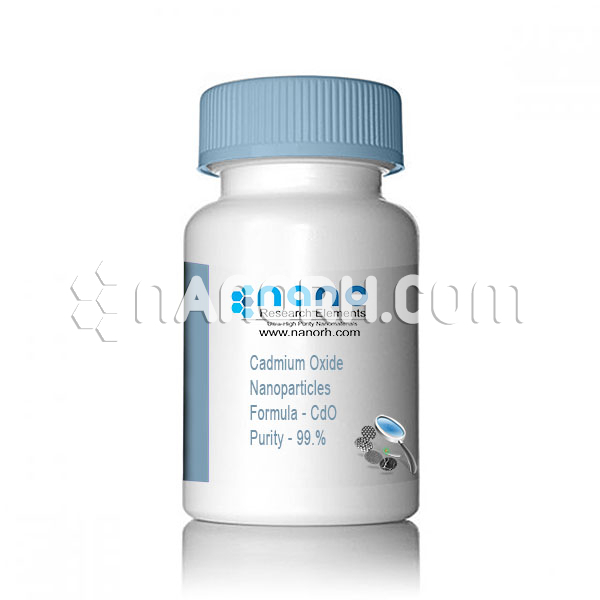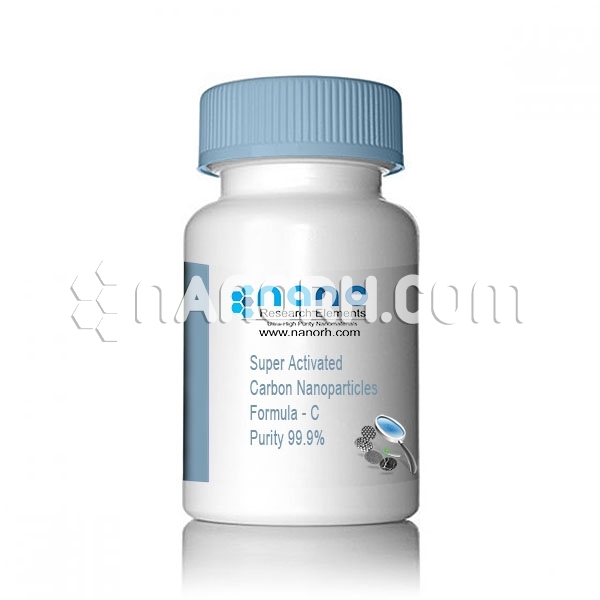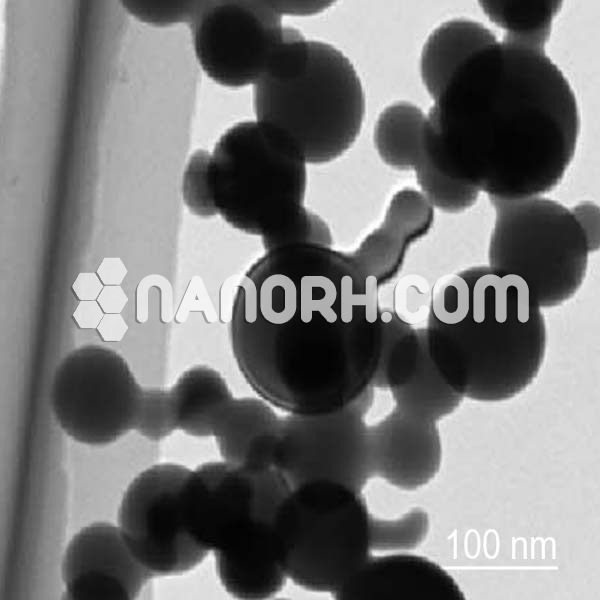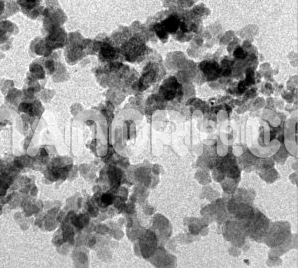| Cadmium Oxide Nanoparticles |
|
| Product Number | NRE-3009 |
| CAS No. | 1306-19-0 |
| Formula | CdO |
| Molecular Weight | 128.41 / g/mol |
| APS | <100 nm (Can be Customized) |
| Purity | 99.9% |
| Color | Brown |
| Density |
8.15 g/cm³
|
| Melting Point | 900–1,000 °C |
| Boiling Point | 1,559 °C |
Cadmium Oxide Nanoparticles
Semiconductor Devices: CdO NPs are often used in the production of semiconductor materials and devices. They can be used as a component in thin-film transistors, optoelectronic devices, and solar cells due to their excellent electrical conductivity and optoelectronic properties.
Gas Sensors: CdO NPs have shown promise in gas sensing applications. They can be used to detect various gases, including carbon monoxide (CO), methane (CH4), and volatile organic compounds (VOCs). Their high surface area and sensitivity to gases make them suitable for this purpose.
Catalysis: CdO NPs have catalytic properties that can be harnessed in chemical reactions. They are used as catalysts in various organic reactions, such as the oxidation of organic compounds. Their catalytic activity can help improve reaction rates and selectivity.
Photocatalysis: CdO NPs have been investigated for their photocatalytic properties. They can be used in the degradation of organic pollutants in wastewater treatment and the production of clean hydrogen through photocatalytic water splitting.
Biosensors: In combination with biological molecules (e.g., antibodies or enzymes), CdO NPs can be used to create biosensors for the detection of specific biomolecules or pathogens. This has applications in medical diagnostics and environmental monitoring.
Nanomedicine: Cadmium oxide nanoparticles can be modified and functionalized for use in targeted drug delivery systems. They can be used to encapsulate and transport therapeutic agents to specific sites in the body, minimizing side effects.
Energy Storage: CdO NPs can be used in lithium-ion batteries and supercapacitors as electrode materials. Their high electrical conductivity and good cycling stability make them suitable for energy storage applications.
Transparent Conductive Films: CdO NPs can be used to create transparent conductive films, which are used in touch screens, solar cells, and other electronic devices that require both transparency and electrical conductivity.
Antibacterial Coatings: CdO NPs have shown antibacterial properties, and they can be incorporated into coatings for various surfaces to inhibit the growth of bacteria and reduce the spread of infections.
Optical Filters: CdO NPs can be used in optical filters and coatings to control the transmission and reflection of specific wavelengths of light. This is useful in optical devices and lenses.




